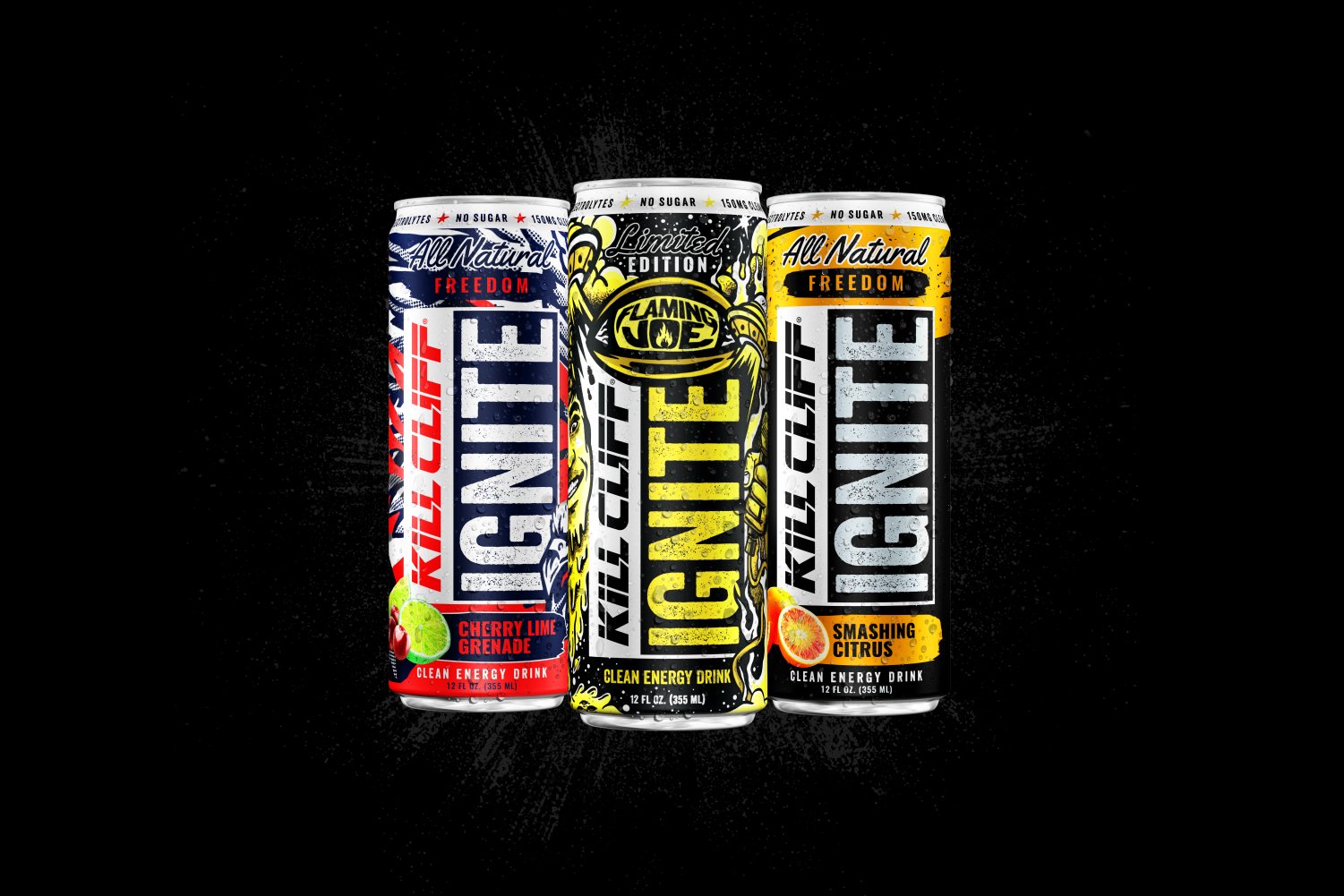In our previous post on breathing, we reviewed and discussed the concepts from the book, “The Oxygen Advantage” by Patrick McKeown, including the basics of the respiratory system, common problems associated with ‘overbreathing’ and how it relates to general health and sports performance, and how to gauge your own ‘breathing baseline’ with something McKeown calls the BOLT score. If you haven’t read that post, please be sure to check it out below. If you have, it’s time to affect breathing change!
How to Affect Your CO2 Tolerance
Here are 3 introductory avenues that you can experiment with in order to increase your CO2 tolerance.
1. Keep your mouth closed while sleeping.
Sleeping with your mouth open is often a subconscious activity, but unfortunately it is a gigantic contributor to excess CO2 offload. The 6-8 hours of mouth breathing and overbreathing isn’t doing you any favors to decrease your sensitivity to CO2 accumulation. If you consistently wake up with dry mouth, the likely culprit is mouth breathing at night. This will affect your quality of sleep resulting in lethargy upon waking and may contribute to poor focus and concentration throughout the day.
How to fix it? There are chin-strap products you can purchase to keep your lower jaw from falling open during sleep. As well, you could tape your mouth shut with medical tape. Heads up, no one’s telling you to stop breathing or do something you’re uncomfortable with, so before you get trigger happy and dive head first into this experiment, try taping the mouth for 20-minute periods while walking around throughout the day so that you see how your body and nervous system react.
2. Breath hold exercises while walking.
Breath hold exercises while walking are a a good way to practice increasing your BOLT score. I use them frequently while walking my dog, but I’d suggest not doing them directly after eating, that makes it harder and I can never hold my breath for long when full.
Start with a normal nasal breathing pattern. Take a normal sized inhale, normal sized nasal exhale. On the exhale, hold the breath for 20-30 walking paces or until you feel a medium to strong air shortage. Resume nasal breathing. You should be able to get back to a controlled breathing pace in 1-3 breaths. If you cannot, you overdid it with the breath hold. Continue normal breathing for a minute or so, before repeating. Perform 5-10 times. Aim to increase the number of paces you take during the breath hold over weeks to measure your increased CO2 tolerance.
3. Incorporate nasal-only breathing to your exercise sessions.
If increasing your exercise capacity is important to you – a lot of factors come into play like nutrition, training volume, strength development, skill acquisition and efficacy, and recovery. What’s missing from that list? Efficiency in breathing. Nasal-only breathing during exercise is a tool (amongst many others!) that you can incorporate into your training to improve your engine and aerobic capacity.
When first integrating nasal-breathing into your exercise program it is vital that you UNDERSTAND THE INTENT of the session.
The purpose of nasal-only breathing during exercise is to acclimate the body to an increased accumulation of CO2. When starting off, nasal-only breathing will greatly dampen the pace that you can maintain (but you might surprise yourself after just a couple of weeks!). That may be frustrating if you are used to max effort/high intensity workouts that leave you gasping for air. If you give up on the process because you refuse to slow down, you’ll never reap the benefits of this process.
Things to focus on when nasal-only breathing during exercise:
– Let the urge for air dictate your pace, if you feel a strong desire to open your mouth to inhale or exhale, you’re probably going too fast for your current CO2 tolerance.
– You may feel anxious or panicky at first, as if you’re not getting enough air. Try to find a flow state and pay attention to the natural breathing pattern that should emerge – inhale/pause/exhale/pause vs inhale/exhale/inhale/exhale.
– Start off incorporating this with mono-structural and aerobic based exercises, like a 20:00 ride on the bike, rower or ski erg rather than heavy or explosive movements like snatches, ring muscles-ups, and burpee box jumps.
– Nasal breathing should connect you to your diaphragm. Try to feel the air make its way to the belly and expand your lower ribs, rather than seeing a heavy upper chest/shoulder rise and fall.
Here are some workout examples to with nasal-only breathing. I hope you rethink your breathing and experiment with this to see how you can affect your training, and actually, how it carries over into your everyday life as well.
A) AMRAP in 15-30 minutes of:
Bike/Row/Ski switching every 2:00
B) Four Rounds of:
400 meter run
10 meter forward bear crawl
30 seconds static hang from bar
10 meter reverse bear crawl
15-20 air squats
C) AMRAP in 20-30 minutes of:
20 calorie row
40 meter farmer carry
40 meter unweighted walking lunges
30 seconds plank
D) 5-10 Rounds of:
7-12 calories Assault Bike
5-10 Burpees
7-12 calories Assault Bike
Rest 45 seconds (nasal breathing during work and rest)
(previous post below)
This blog will review and introduce concepts discussed in the book, “The Oxygen Advantage” by Patrick McKeown. I will introduce the basics of the respiratory system, discuss the common problem of ‘overbreathing’ and how it relates to general health and sports performance, and discuss how to gauge your own ‘breathing baseline’ with something McKeown calls the BOLT score.
Breathing is like running…just because we can do it innately, doesn’t mean we’re performing it optimally for long term health or optimal performance. After reading “The Oxygen Advantage”, I rank the importance of my breathing on the same level as nutrition. Check in right now – are you breathing with your mouth open? Are there any pauses between each of your breaths? Do you find yourself gasping for air or with a high respiratory rate during exercise? If so, read on!
The Respiratory System 101
- Your respiratory system is comprised of the parts of the body that deliver oxygen (O2) from the atmosphere to your body’s cells/tissues/organs, and transports the CO2 produced from those tissues back into the atmosphere.
- Properly oxygenated blood is vital for exercise…and just plain existing.
- Oxygen (O2) is the fuel that muscles need to work efficiently.
- Carbon Dioxide (CO2) is the transporter for O2 from our blood to tissues.
Raise your hand if you’ve every thought taking a “big breath” will increase the amount of oxygen in your blood!
The thing is, nearly everyone has sufficiently oxygenated arterial blood at all times, ~ 95 – 99% saturated (plain english: you have plenty of oxygen in your blood). Taking bigger breaths will do little to increase the oxygen content in the blood (your body will never be at 100% O2 saturation).
“It is a common misconception that breathing in a larger volume of air increases the oxygenation of the blood. It would be like pouring more water into a glass that is already filled to the brim.”*
So, why do we experience breathlessness throughout the day? Why do we gasp for air with huge mouth breaths during workouts? In reality, what we’re responding to, may actually be our body’s decreased tolerance to carbon dioxide, rather than a need for more oxygen. Increasing oxygen in our body is not the answer, but improved delivery of oxygen is!
CO2 is vital
So, we have enough oxygen in the blood, but what we really want is for more of it to be released to the cells and muscles doing work. Enter carbon dioxide. It is responsible for offloading O2 from the blood to tissues.
The chemical relationship between oxygen and carbon dioxide is explained by The Bohr Effect. It states that increased levels of CO2 leads to increased release of O2 by hemoglobin.
Yay! More oxygen available to the muscles! When you’re exercising, your muscles need oxygen.
We affect carbon dioxide levels by HOW we breathe. This can be how many breaths we take per minute (rate) or how much air we draw in (volume). There are receptors in our brain that monitor oxygen and carbon dioxide concentrations in the blood. When CO2 increases, sensors tell us to breathe. Essentially, the primary stimulus to breath is in response to accumulation of carbon dioxide in the blood.
However, if we breathe in excess of what we require (rate or volume) we correspondingly end up exhaling too much carbon dioxide. We need only to eliminate excess carbon dioxide; nothing more. When we offload too much carbon dioxide and decrease the concentration of CO2 we decrease delivery of oxygen to our tissues and muscles (remember the Bohr Effect), leaving us gasping for air, or feeling a general state of fatigue. This further perpetuates the increased rate of breath – called “overbreathing”, in order to get more air. This cycle kind of sounds like a catch-22. It is.
Overbreathing is probably happening throughout your day and during sleep if you are a mouth breather. If you extrapolate the habit of overbreathing to days, weeks or months, your body will create a biomechanical change to the receptors in your brain. You now have an increased sensitivity and decreased tolerance to CO2, the very gas needed to efficiently deliver the oxygen in your blood.
Carbon Dioxide Sensitivity & Exercise Performance
It’s normal for breath rate to increase during physical activity. Our body uses more oxygen for fuel and energy production and the increased metabolic activity of muscle produces more carbon dioxide in our blood – stimulating breathing.
It is vital to athletic performance that athletes can cope well with changes to carbon dioxide and oxygen. If one’s breathing receptors are too sensitive to increased concentrations of carbon dioxide and decreased concentrations of oxygen, it will lead to excessive and heavy overbreathing > decreased concentrations of carbon dioxide > decreased oxygenation of working muscles. The result:
- overexertion
- poor performance
- higher risk of inflammation/injury due to free radicals
It is true that regular exercise over time can condition the body to tolerate changes to these gases and thus increase performance. But how many hours are in a day? How many of them are you exercising? 1 to 2. How many are you breathing? 24. Exercise training is a drop in the bucket when it comes to time spent breathing. Let’s evaluate if you are overbreathing throughout your day and night and setting yourself up for failure.
Nose breathing vs Mouth Breathing
Breathing through our mouths is the quickest way to breathe in excess of what we require (overbreathing). The nose serves not only as a filter for cleaning and warming the air as it enters your body, it offers greater resistance, forcing better use of your diaphragm and allowing for less CO2 offload through its exhale. In addition, breathing through the nose stimulates an area of your nasal sinuses that deliver nitric oxide (NO), which is not activated through mouth breathing. The benefits of NO will be discussed in a future article.
You should be nasal breathing throughout your day and night (yes, during sleep!) to eliminate overbreathing habits. Mouths are for eating, talking and kissing. If you’re not doing those things, keep it closed. Now, I’m not telling you to start nasal breathing during all of your workouts – if you did you would see a dramatic decrease in the amount of work you can produce. And it may not be the appropriate style of breathing for prolonged maximal effort instances. But I would pick 1-2 workouts/week and start dictating your pace on them via #nasalbreathing only. You will go slower at first. That’s okay, give your brain’s receptors time to recalibrate.
Test Your Blood Oxygen Level Test (BOLT)
The BOLT Test is a useful tool for determining your relative breathing volume during rest and occurrence of breathlessness during exercise. This breath-hold test represents the length of time until the first definite desire to breathe. The BOLT is not a max breath hold test, as that is influenced by willpower and determination. BOLT measures when your body’s first sensation of breathlessness occurs (essentially, revealing how sensitive your breathing receptors are to the accumulation of carbon dioxide in your blood).
How to Perform the BOLT Test
- Take a normal breath in through your nose and a normal exhale out through your nose.
- Hold your nose with your fingers to prevent air from entering your lungs.
- Time the number of seconds until you feel the first definite desire to breathe, or the first stresses of your body urging you to breathe. These may include: The need to swallow. A constriction of the airways. Constrictions of breathing muscles in your abdomen or throat.
- Release your nose and breathe in through your nose. You should be able to resume normal, calm nasal breathing immediately. If you need to take a big mouth breath, you have held your breath for too long.
Instructions provided per “The Oxygen Advantage.” For more details on interpreting your results, check out the book.
“Instructions provided per The Oxygen Advantage”. For more details on interpreting your results, view the book
Evaluating Your BOLT Score
A common score for someone who exercises regularly at a moderate intensity will be ~20 seconds.
The ideal BOLT score for a healthy individual and to reach your full potential, is 40 seconds.
A score of less than 10 seconds – your breathing will be noisy, irregular, heavy, effortful, with no natural pauses between breaths. You will experience a “hunger for air” even when inactive and likely breath with the mouth and upper chest.
A lower BOLT score indicates that your breathing receptors are especially sensitive to carbon dioxide, and “your breathing volume will be greater as the lungs work to remove any carbon dioxide in excess of programmed levels.” When you have a normal tolerance to carbon dioxide and a higher BOLT score, you will be able to maintain calm breathing during rest and less breathlessness during physical exercise.
As we eliminate overbreathing, we will train our brain’s receptors to have greater tolerance to CO2 accumulation. Being able to sustain a higher concentration of carbon dioxide will deliver maximal oxygen to our brain, muscles, and organs – whether during rest or activity.
*McKeown, P. (2015) The Oxygen Advantage. New York, NYL: William Morrow









